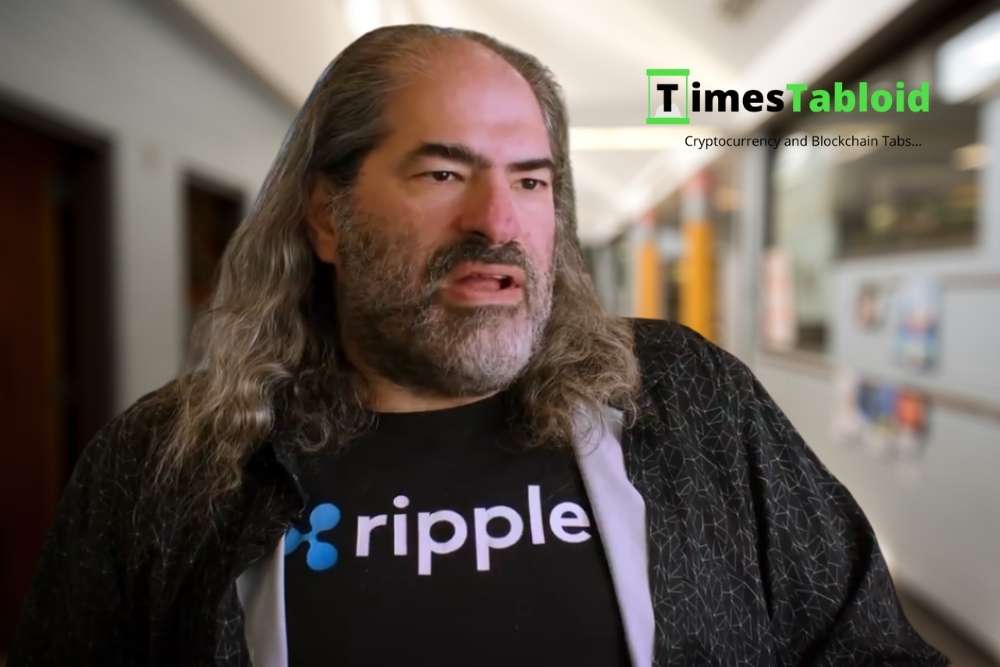我在学校的项目
时间:2009-05-01 来源:anabelle
My research work of Ph.d study is "Smart Real-Time Operating System". It targets on building a real-time control system in the general-purpose operating system: Linux. It is called real-time supported Linux (RTS-Linux).
<link rel="File-List" href="file:///C:/Users/CHENHU%7E1/AppData/Local/Temp/msoclip1/01/clip_filelist.xml"><link rel="Edit-Time-Data" href="file:///C:/Users/CHENHU%7E1/AppData/Local/Temp/msoclip1/01/clip_editdata.mso"><link rel="OLE-Object-Data" href="file:///C:/Users/CHENHU%7E1/AppData/Local/Temp/msoclip1/01/clip_oledata.mso"><style> </style>
In the RTS-Linux, the RTS driver coexists with the standard Linux kernel. The modification is mostly insides RTS driver. Thus it would be easy to ported RTS extension on more hardware platforms and higher-version Linux. RTS driver is a virtual layer including the data abstraction of tasks and the control operations on the tasks. It also provides the APIs to interact with the kernel and control the real-time executive. We decomposed the kernel according to the subsystem’s conceptual dependencies. Figure 1 shows the architecture of the RTS-Linux kernel. Linux kernel is composed of five major subsystems: the scheduler, the memory manager, the file system, the network interface and the inter-process communication. The real-time scheduling is the role of a virtual device driver (RTS driver).
<link rel="File-List" href="file:///C:/Users/CHENHU%7E1/AppData/Local/Temp/msoclip1/01/clip_filelist.xml"><style> </style>
Figure 1 Architecture of RTS-Linux
In the RTS-Linux, all real-time processes have access to all the services and APIs presented by the standard Linux. Figure 2 illustrates the relationship of APIs shared by real-time tasks and the standard Linux kernel. Standard Linux kernel and real-time subsystem sharing the main primitives such as synchronous and asynchronous I/O control, mutex mechanism, interrupt handling and timer/clock mechanism. And asynchronous I/O control may be used in soft-real-time control. In hard real-time control, synchronous I/O control or Directly Memery Access (DMA) is more suitable to its timing requirements.
Figure 2 Shared APIs and IPC between two parts of RTS-Linux
The RTS driver holds a scheduler to schedule multiple real-time tasks using multiple flexible scheduling policies. The main role of real-time scheduling is to guarantee timing critical of tasks. There are many ways to manifest the timing constrains and scheduling policies. By default, RTS-Linux provides a priority-based preemptive scheduler where each task is assigned a specified priority. The scheduler chooses an eligible task from all the tasks that are ready to execute by examining their priorities. If a task becomes ready and has a higher priority than the executing task, it will preempt the executing task to shorten the response time. The scheduler supports aperiodic tasks as well as periodic tasks. For a periodic task, its period and offset (starting time) are specified. In order to improve the scheduler, a set of new features is optional to be inserted. For example, no single policy is appropriate for all applications. RTS-Linux allows developers to write their own scheduler.
The tasks queue keeps track of the status of the multiple tasks. Tasks having the same status are queued into the proper list. When a scheduler plans, the first task in the list will be taken. The queue management also provides the necessary insert and removal primitives.










